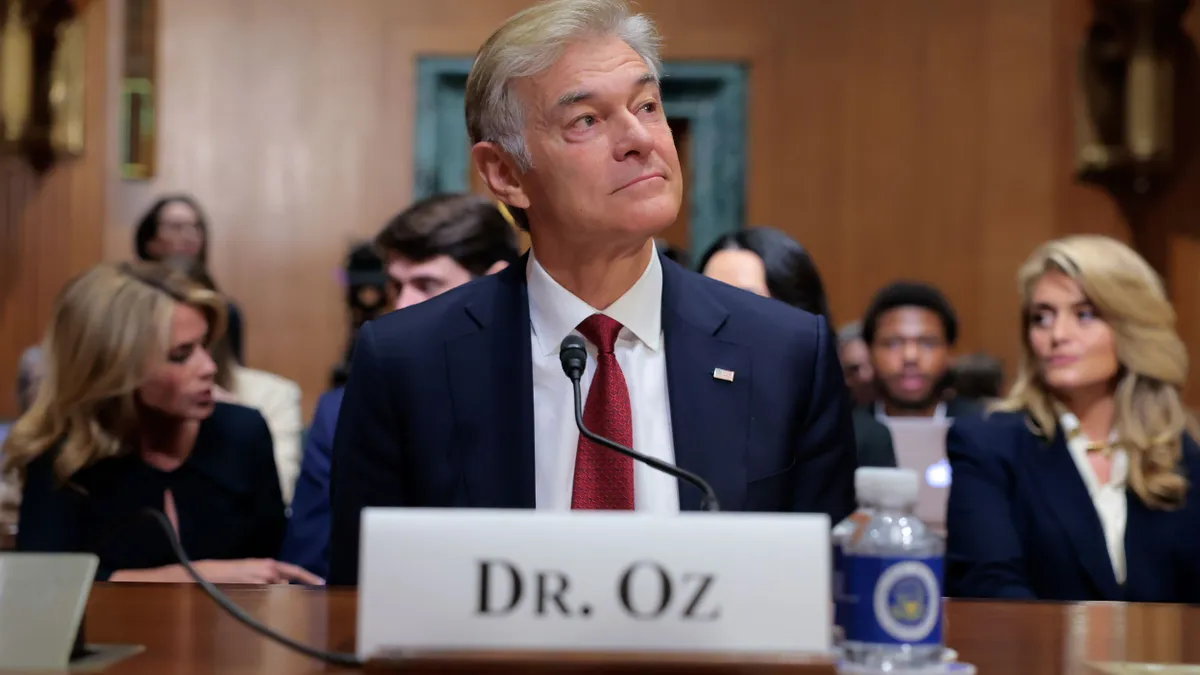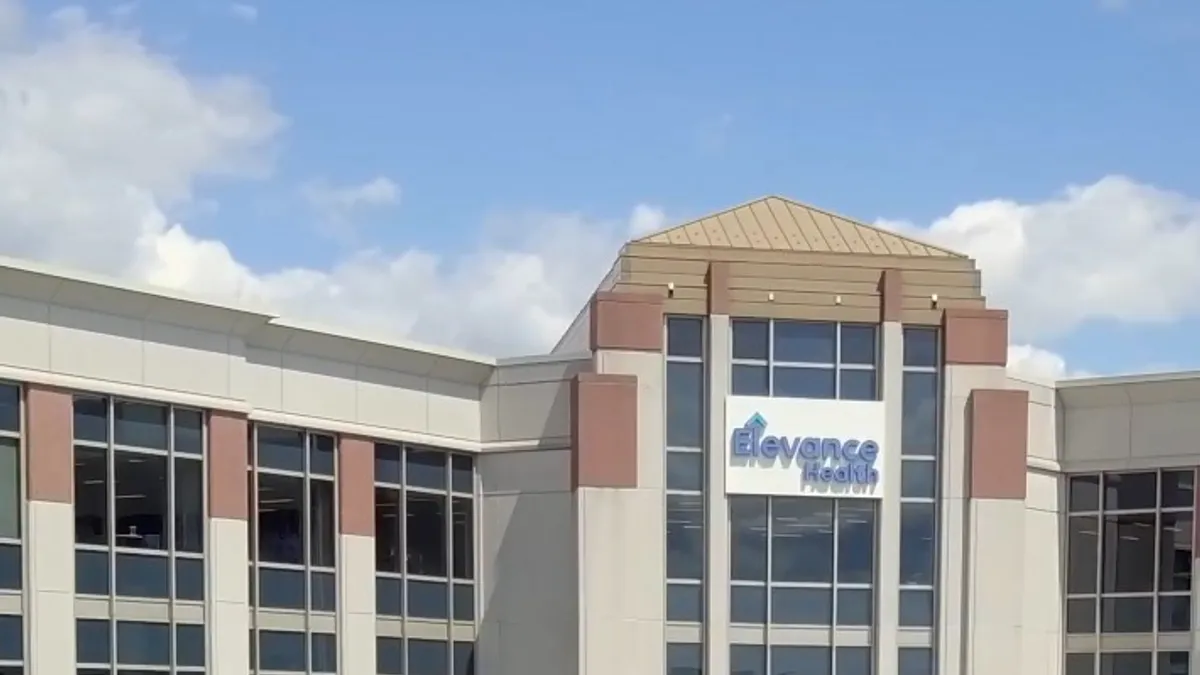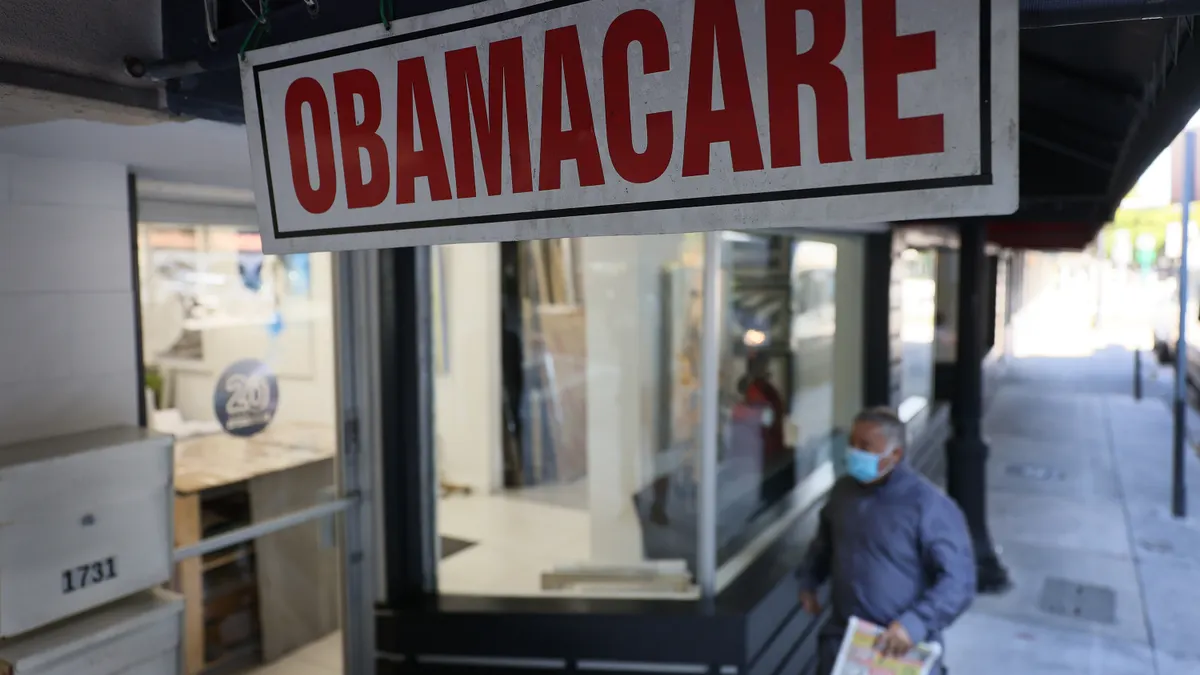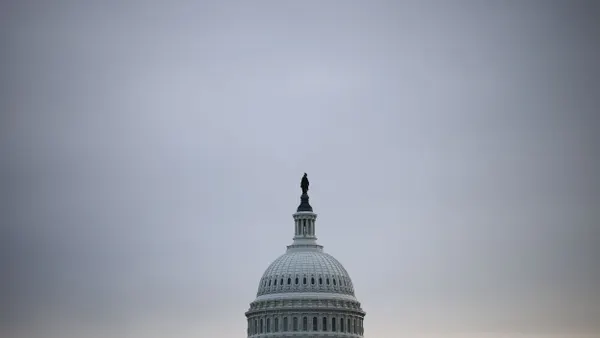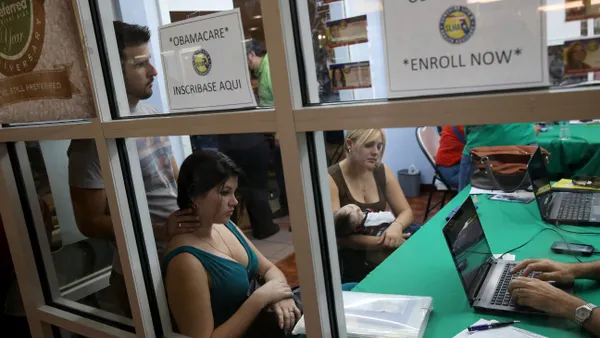Enrollment for Affordable Care Act plans began on Saturday with no movement in Congress on whether more generous subsidies for the coverage will last beyond the end of the year.
As such, millions of Americans covered by ACA plans, also known as Obamacare, are staring down drastic price increases for 2026. Rates are increasing significantly, by an average of 26% for a typical plan in the 30 states participating in the federal marketplace, and an average of 17% in states that run their own exchanges, according to health policy research group KFF.
But the actual amount that low- and middle-income Americans pay for coverage will likely be even higher, as increased financial assistance has covered the brunt of premiums for subsidized enrollees since the coronavirus pandemic.
If Washington remains caught in gridlock over the issue, those members will see their monthly premium payments more than double in 2026, according to the KFF.
Legislators technically have until Dec. 31 to act. But the beginning of open enrollment signals that Congress is nearing the point of no return, experts say.
Consumers could be scared away after seeing how much their costs will go up next year on federal enrollment portal Healthcare.gov or the state marketplaces. And the longer Congress waits, the less time insurers and state regulators will have to reflect a potential extension of the subsidies in sign-up websites and messaging to members who may have already decided they can’t afford an ACA plan.
The situation will get infinitely trickier if there isn’t a fix before the first week of December, marketplace experts say. If Congress waits until the end of the year to extend the subsidies, 1.5 million more people will become uninsured next year compared to an earlier extension, according to estimates from the Congressional Budget Office.
“The longer Congress takes to come to a solution here, the harder to put those processes in place,” said Kris Haltmeyer, the vice president of legislative and regulatory policy at the Blue Cross and Blue Shield Association, which represents Blues plans. “We are very concerned people will be scared away from purchasing coverage.”
‘A scary situation’
Americans got an early look into the sticker shock they face next year during “window shopping” for plans this month. The federal Healthcare.Gov marketplace, which enrolls millions of Americans in ACA coverage each year, unveiled its plan preview on Tuesday.
How substantially the loss of the subsidies will affect enrollees depends on their household income. For one, any person making more than about $64,000 annually — just over 400% of the federal poverty level — will lose financial assistance altogether.
Meanwhile, lower income enrollees may find themselves paying premiums for the first time. Even if monthly premiums for that cohort remain low, any increase is difficult to digest for Americans living close to the poverty line, experts say.
The CBO estimates about 4 million people will lose health insurance if the subsidies expire. Other estimates are much higher: the Urban Institute expects 7.3 million people will lose ACA coverage as a result.
A look at Healthcare.gov shows just how painful the loss of the subsidies could be.
For example, a family of four living in rural Bullock County, Alabama, with an annual income of $129,000 would see their cost for the cheapest silver plan spike from $872 a month this year to almost $1,897 a month in 2026.
Affected enrollees could switch to a less comprehensive plan — like moving from a silver plan, which has higher monthly premiums but lower deductibles and co-pays, to a bronze plan, which has lower monthly premiums but significantly higher cost-sharing.
That Bullock County family would still pay $1,320 for the cheapest bronze plan available in their area next year. Meanwhile, their deductible would spike from $10,000 to $21,200.
Jill Murphy, a 43-year-old community organizer in Macomb County, Michigan, said she may be forced to go without insurance given the price hikes she’ll face next year.
Murphy’s insurance provider, Molina, is not offering her current gold plan in 2026. She’s worried that alternatives won’t cover the doctors she needs to manage her endometriosis and perimenopause, while leaving her unable to cover other expenses.
“It’s scary to think about being uninsured. But I also have to be able to eat, pay my bills, and just live. And if I can’t afford the insurance and the cost of the care I need, my health is going to be impacted either way,” Murphy said.
Similarly, Jessica Trinidad, a 43-year-old voice actor and mother of two in Des Moines, Iowa, is bracing for cost increases. Trinidad and her children have asthma, so going without insurance isn’t an option, she said.
“I have to find a way to find coverage or start cutting bills to afford the marketplace. It’s a scary situation to be in,” Trinidad said.
Evolving ACA exchanges
The Trump administration has blamed fundamental flaws with the ACA’s design — not the looming subsidy cliff —for the affordability crisis.
In a news release Wednesday, CMS officials said eligible enrollees will still have access to cheaper plans even without the subsidies than they would have gotten before the coronavirus pandemic.
The average marketplace premium after tax credits will be $50 per month for the cheapest plan next year. That’s up $13 from 2025, but is $20 cheaper than in 2020 before COVID-19, the CMS said.
Still, the pre-pandemic marketplace was significantly different than the marketplace today. ACA enrollment has more than doubled since 2020, growing from 11.4 million Americans that year to a record high of 24 million Americans today.
Experts attribute that growth to the enhanced subsidies, which were passed as part of the American Rescue Plan Act in 2021 and extended in the Inflation Reduction Act of 2022.
"It’s scary to think about being uninsured. But I also have to be able to eat, pay my bills, and just live."

Jill Murphy
Regional organizing director, Michigan Families for Fair Care
More insurers have also joined the exchanges, attracted by the influx of members and higher taxpayer funding.
But now, some payers are leaving the exchanges altogether. Others are exiting specific counties or securing steep premium increases.
Insurers say they need to charge higher costs in part due to the looming lapse in subsidies. They expect younger and healthier people to leave the exchanges at a faster clip than older and sicker people, who are more likely to bear price increases to maintain coverage. Risk pools could skew sicker and more expensive for payers as a result.
Insurers have also been absorbing higher costs in the exchanges as medical care becomes pricier and enrollees use more of it. Payers particularly cite rising hospital costs, growing use of GLP-1s for weight loss and the inflationary cost of tariffs as issues.
The sector outlook for U.S. payers is “deteriorating” due to financial risks in the ACA market, credit ratings agency Fitch Ratings said Thursday.
Facing a hit to the profitability of their marketplace businesses, health insurers are lobbying heavily for Congress to preserve the financial assistance.
“Policymakers should take action as quickly as possible to extend the health care tax credits and provide immediate relief for millions of hardworking Americans,” AHIP, the largest insurance trade association, said in a statement Friday.
However, lawmakers have made little progress, even as the government shutdown stretches past the one-month mark.
Democrats are advocating for an extension of the subsidies at their current level, and say they won’t vote on a bill to reopen the government without an agreement on the issue. Meanwhile, Republicans say they won’t touch the topic until the government is funded.
Conservatives who are open to an extension say it has to come with modifications, such as more rigorous income caps, citing the steep cost of preserving the subsidies as-is. According to the CBO, permanently extending the policy would increase the federal deficit by about $350 billion over the next decade.
Despite the impasse, bipartisan Senate negotiations around reopening the government ramped up this week, according to Politico. That’s cause for some optimism, despite the ticking clock — and the millions of Americans currently in limbo, unsure whether or not they’ll be able to afford health insurance next year.
As discussions continue, Murphy urged Congress to think about all the Americans they know who will be slammed by cost increases if the subsidies run out.
“I want the lawmakers to think about their spouses, their children, their family, friends and neighbors,” Murphy said. “[Lawmakers] might have that privilege and care for themselves. But there’s someone they know in their life who doesn’t.”





